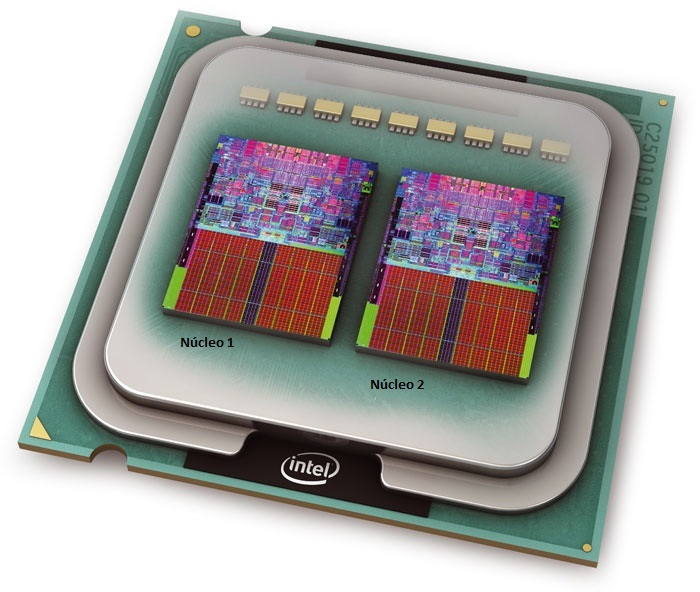Cores, threads, sockets, logical processors and virtual processors are terms related to processors that many users do not understand. That is why we have prepared this post to try to explain it in a straightforward and understandable way for all users.
Single Core Pentium Processors
First, we have to think about the time of the Pentium in which the processors were in the form of a single core or core. And the processor is in a particular slot on the motherboard that serves to communicate with the rest of components. This slot is the socket. Normally the motherboards only have one socket. But some models oriented to the business sector have several sockets so that several processors can be mounted.
As for the kernel, this is the part of the processor in which all calculations are going on. Let’s say it is the brain that makes our computer work. Each of the cores can handle a thread or data thread.
Over the years, Intel has appreciated Intel ‘s HyperThreading technology, which consists of replicating some elements within the processor such as registers or first-level caches.
Thus allowing the processor core to handle two tasks at once (or 2 Threads). That gives rise to the appearance of logical cores. That is the technology that improves the performance of processor to extraordinary. If a process needs to be waiting for an operation or some data, another process can continue making use of the processor without that it is left standing, a stopped processor means loss of performance and this is what we should avoid.
What are Virtual Cores?
This HyperThreading technology “deceives” the operating system by making it believe that there is two core. When in reality there is only one, the one that exists is the physical core. And the one that appears as a result of HyperThreading is the virtual one. The virtual core has much less processing power than the physical core. So performance is not equivalent to having two physical-core much less. But provides a good extra.
nm Moor’s Law
The next step in the development of processors was to make the jump to the appearance of processors with two physical core. That was possible thanks to the miniaturization of all the elements that are inside the processor. That is to say; they become miniature so we can put much more in the same space. In essence, a two-core processor is like having two processors working together. But with a much faster and more efficient communication between them. Which makes the performance far superior to systems with two sockets and two processors.
Unlike HyperThreading, in dual-core processors each has all the necessary elements to perform all kinds of tasks, so a two-core processor is much superior in performance to a core processor with HyperThreading. The next step was to achieve more core processors, something possible to a miniaturization of its increasingly large components. Today there are processors with up to 18 physical cores.
HyperThreading technology Core i9
Also, we can combine the use of several cores with HyperThreading technology. So we can achieve processors with a huge number of logical cores. So a processor with 18 physical cores with HyperThreading has a total of 36 logical cores (18 physical cores + 18 cores Virtual).
